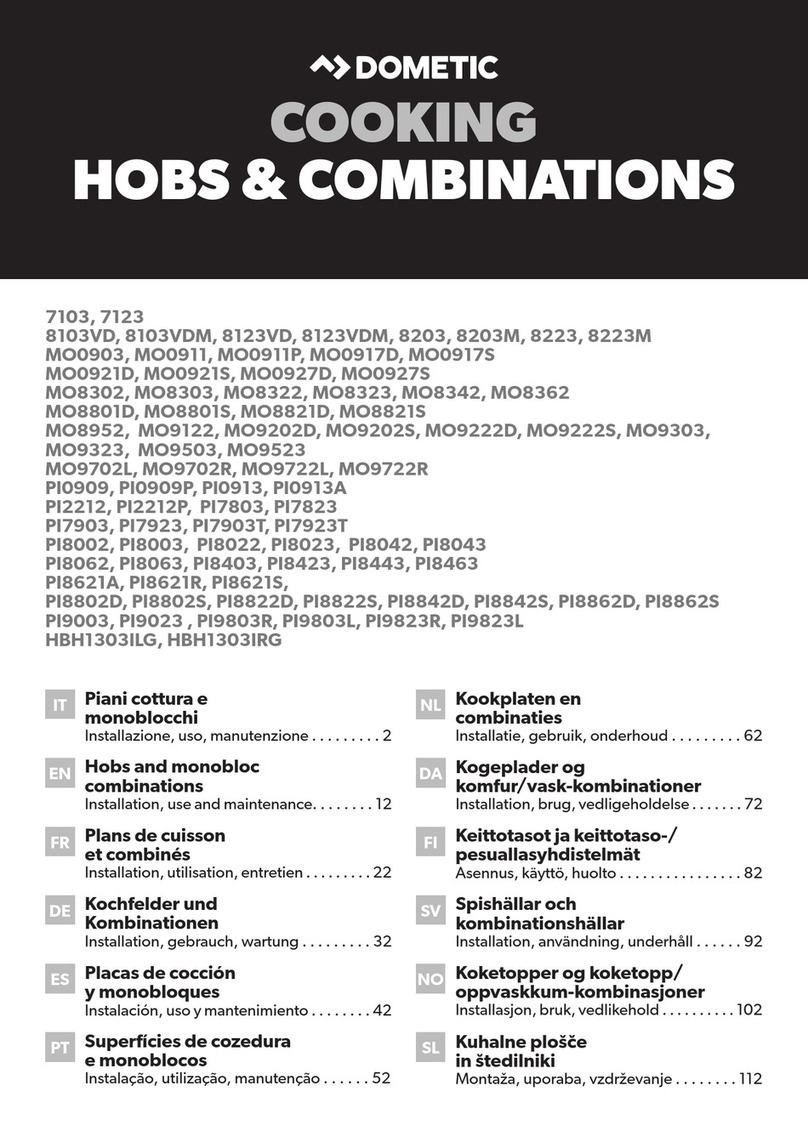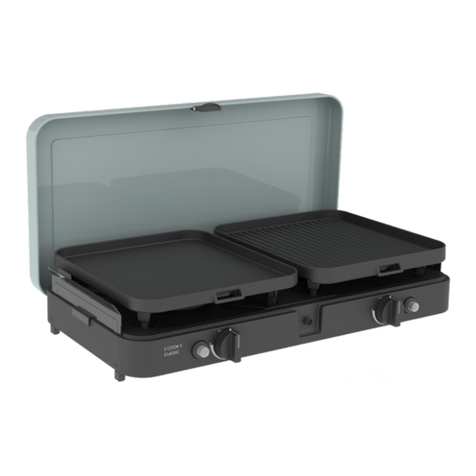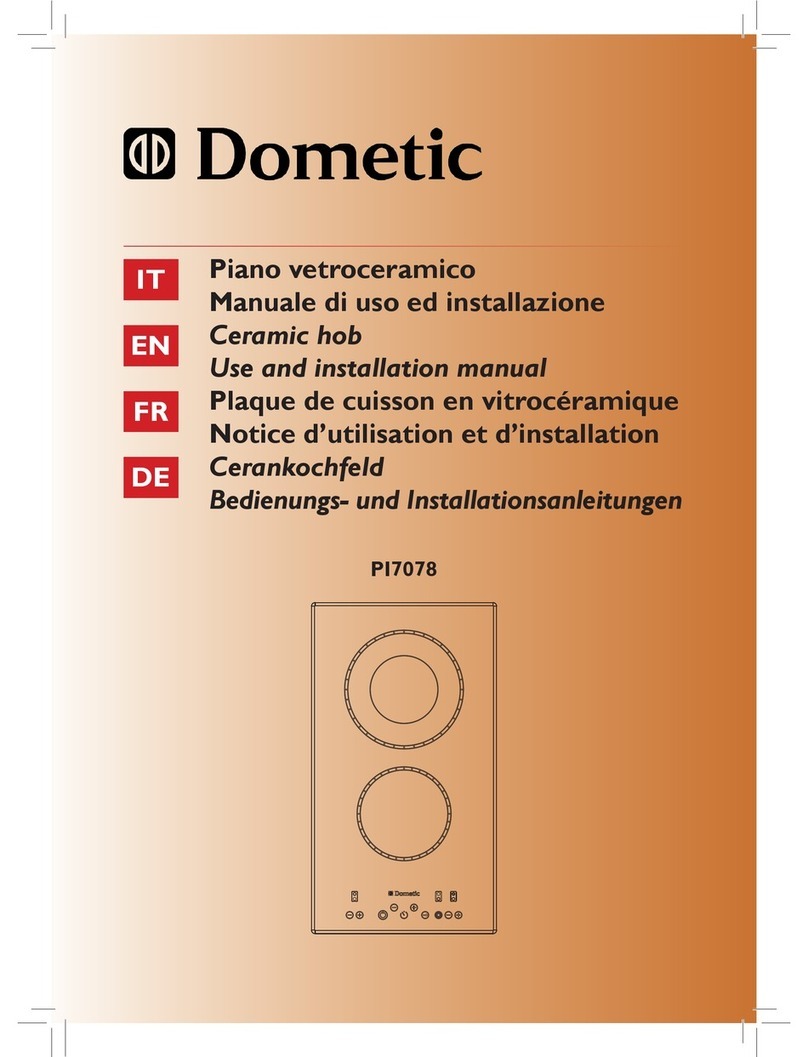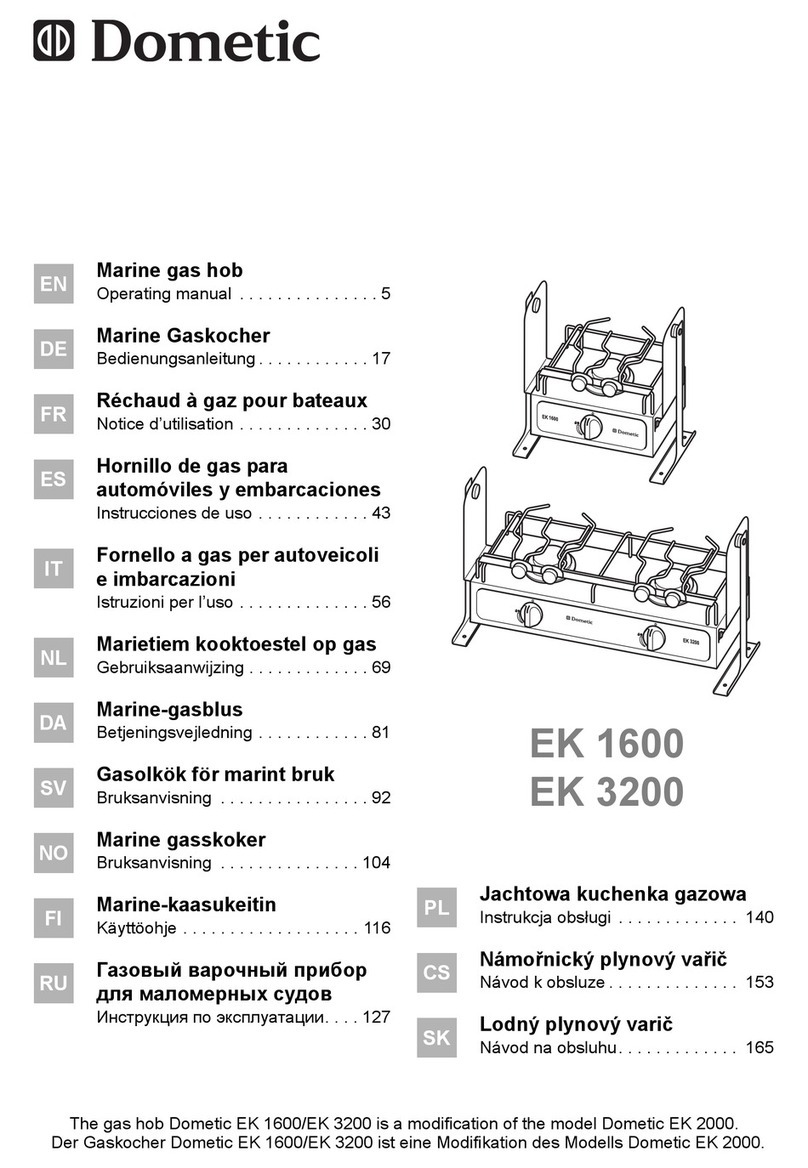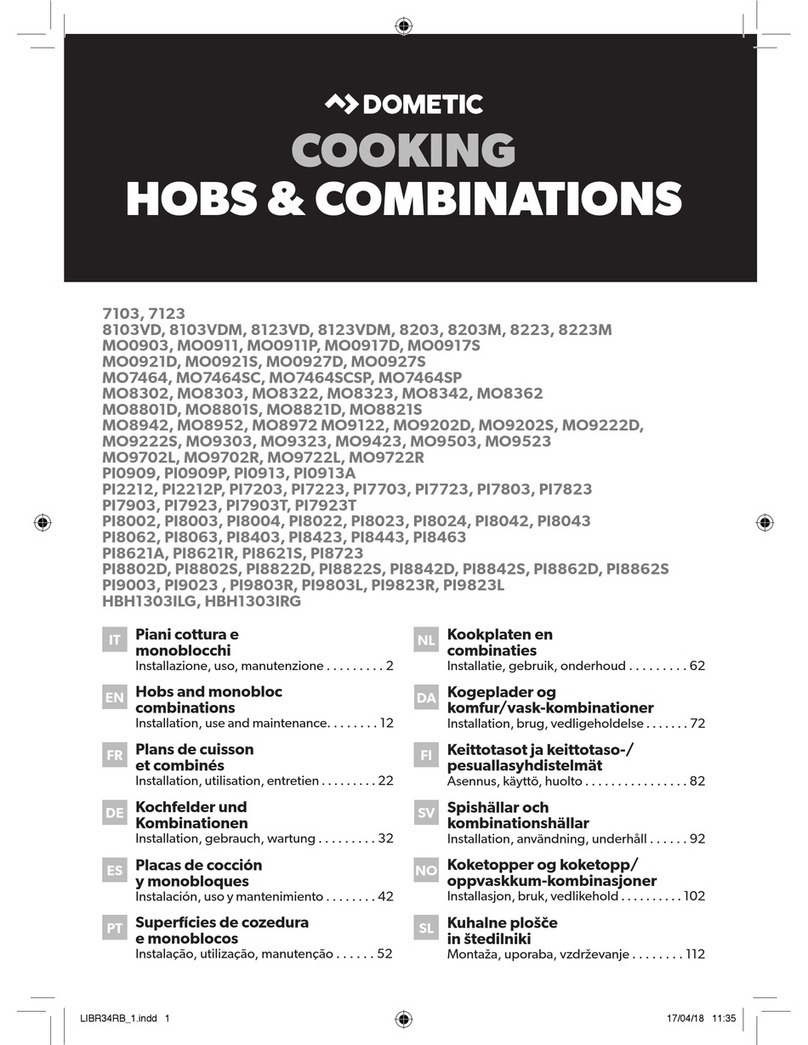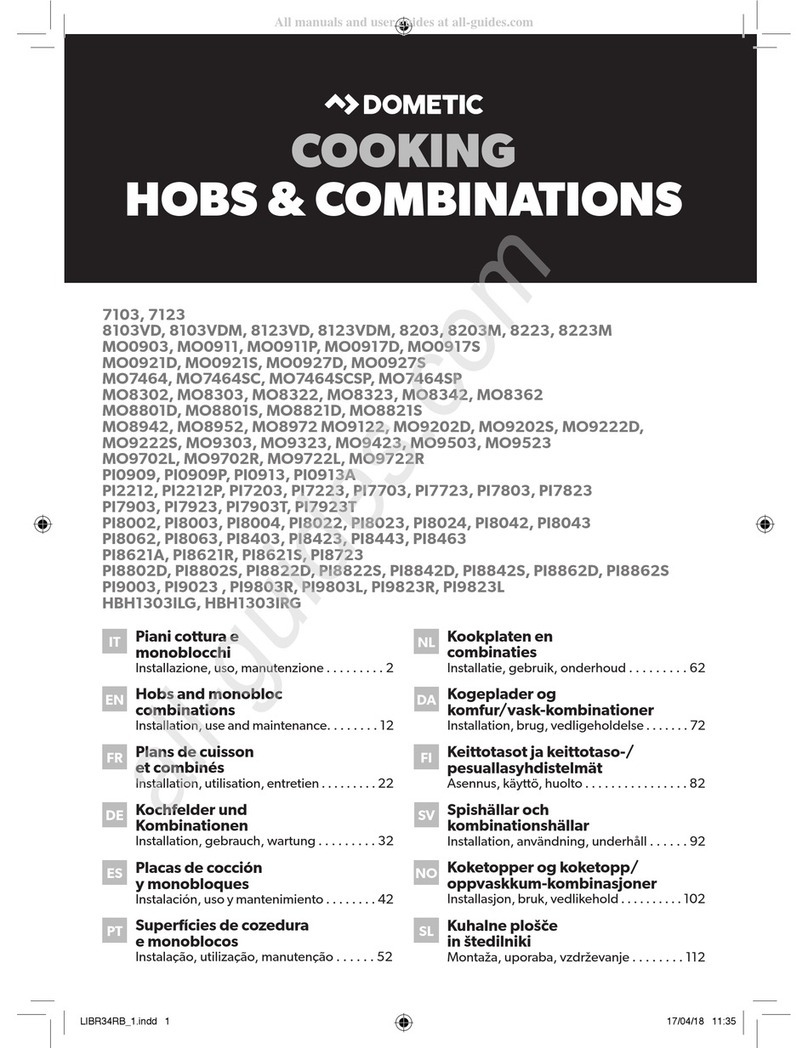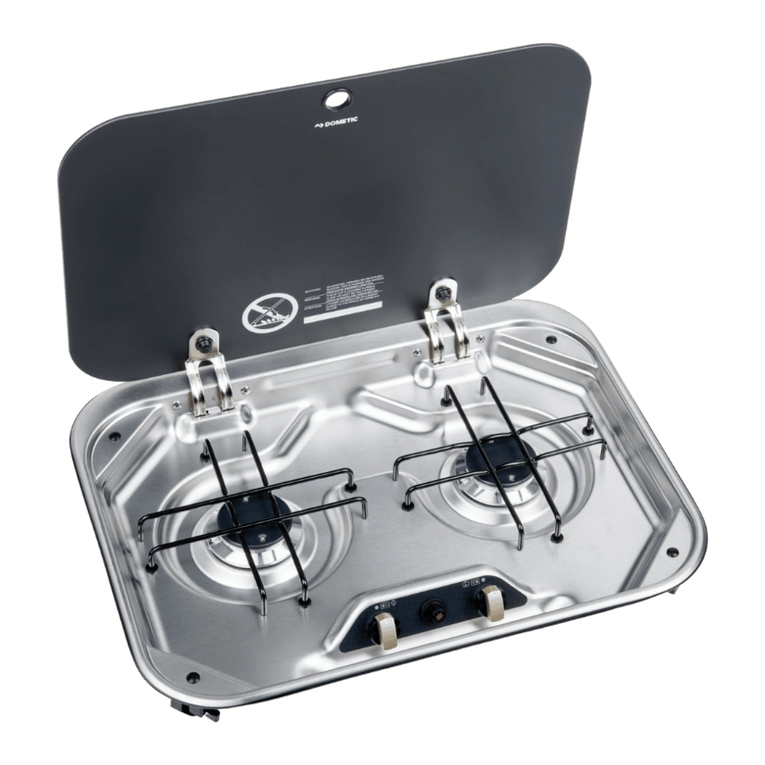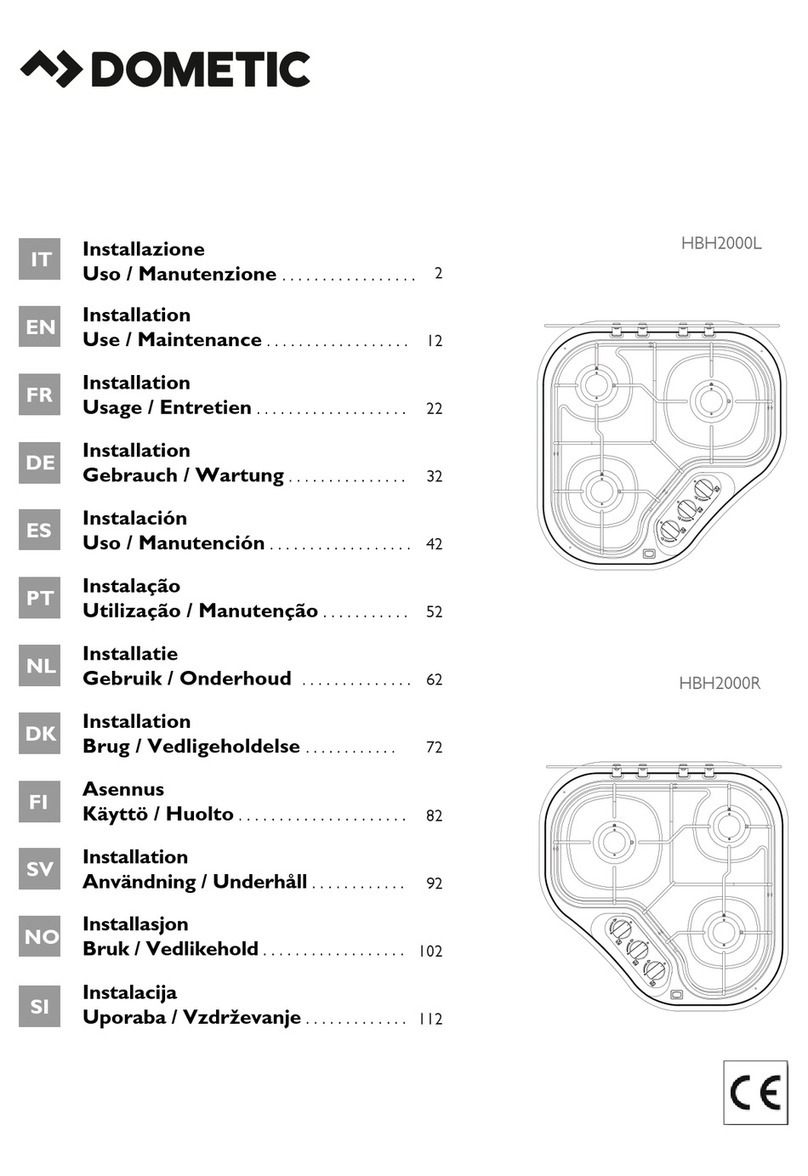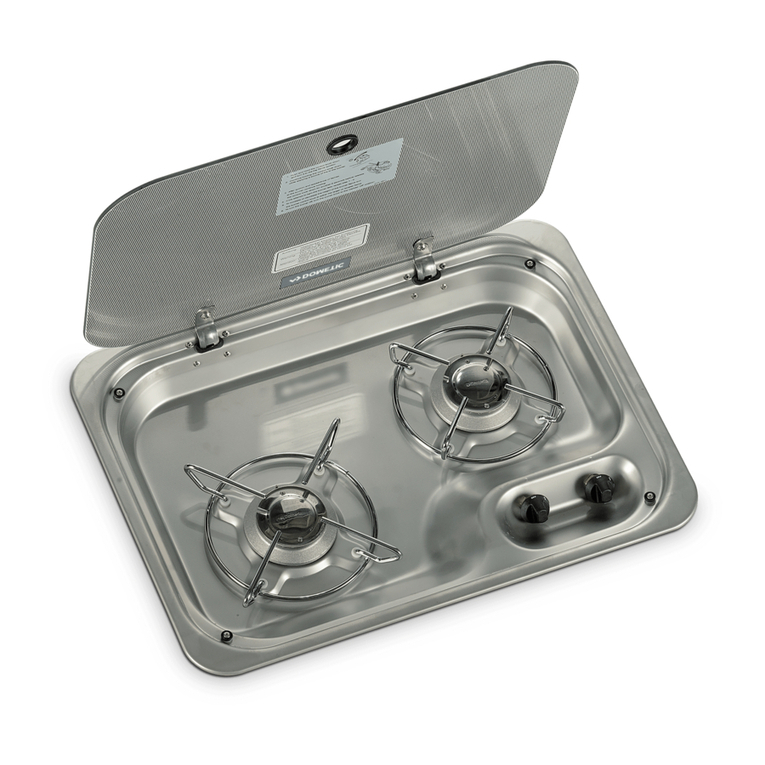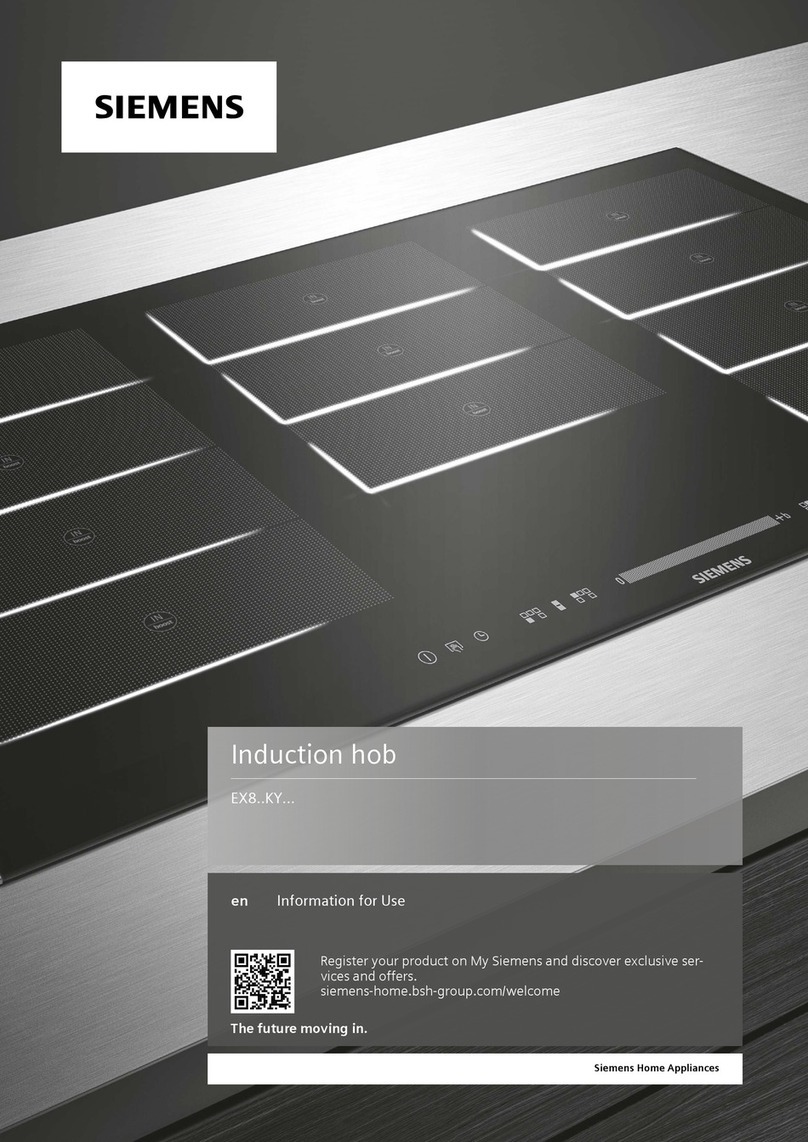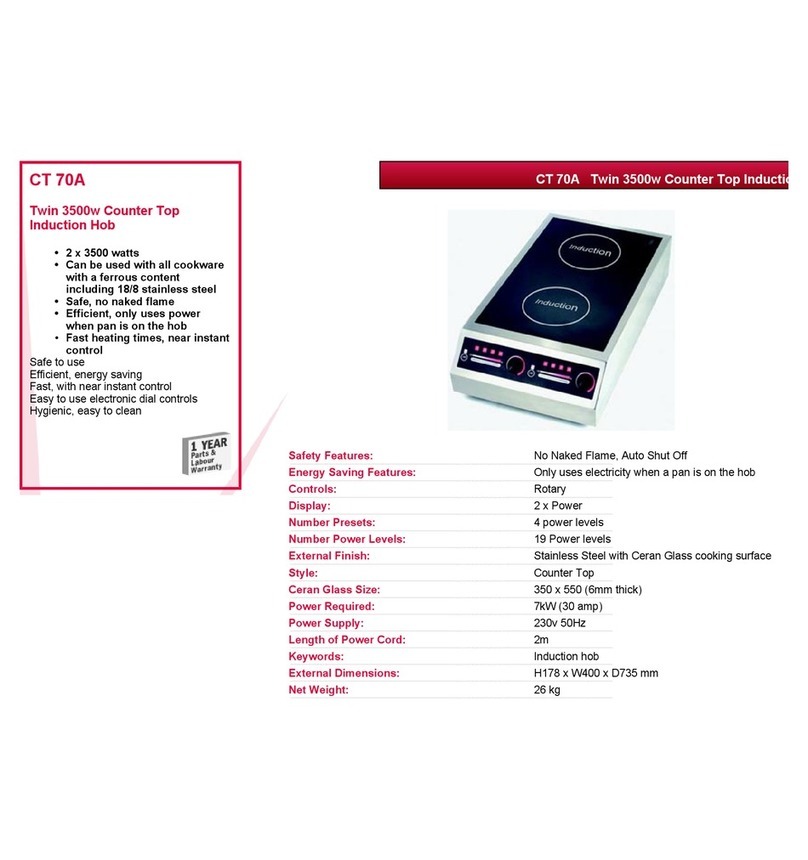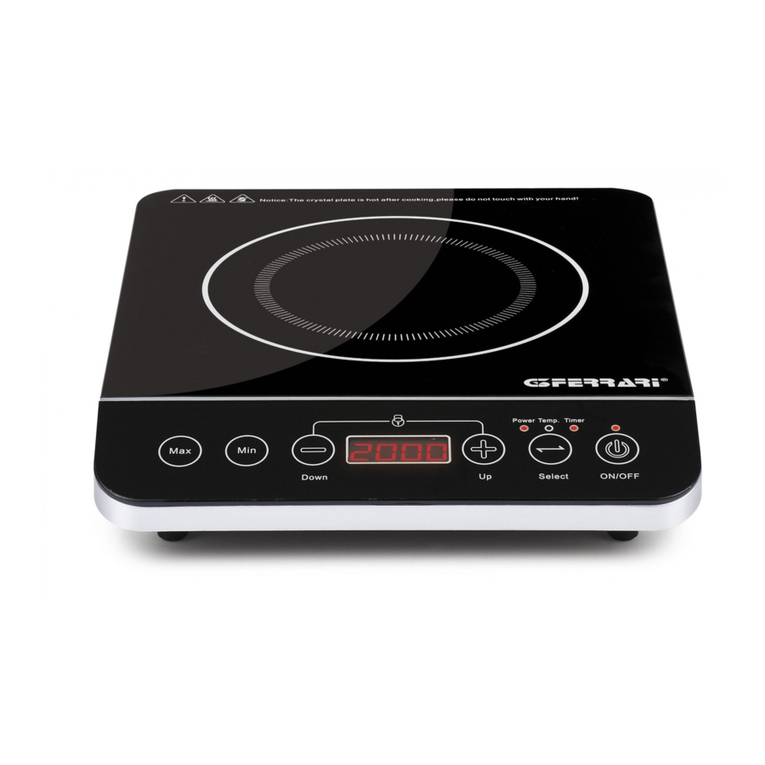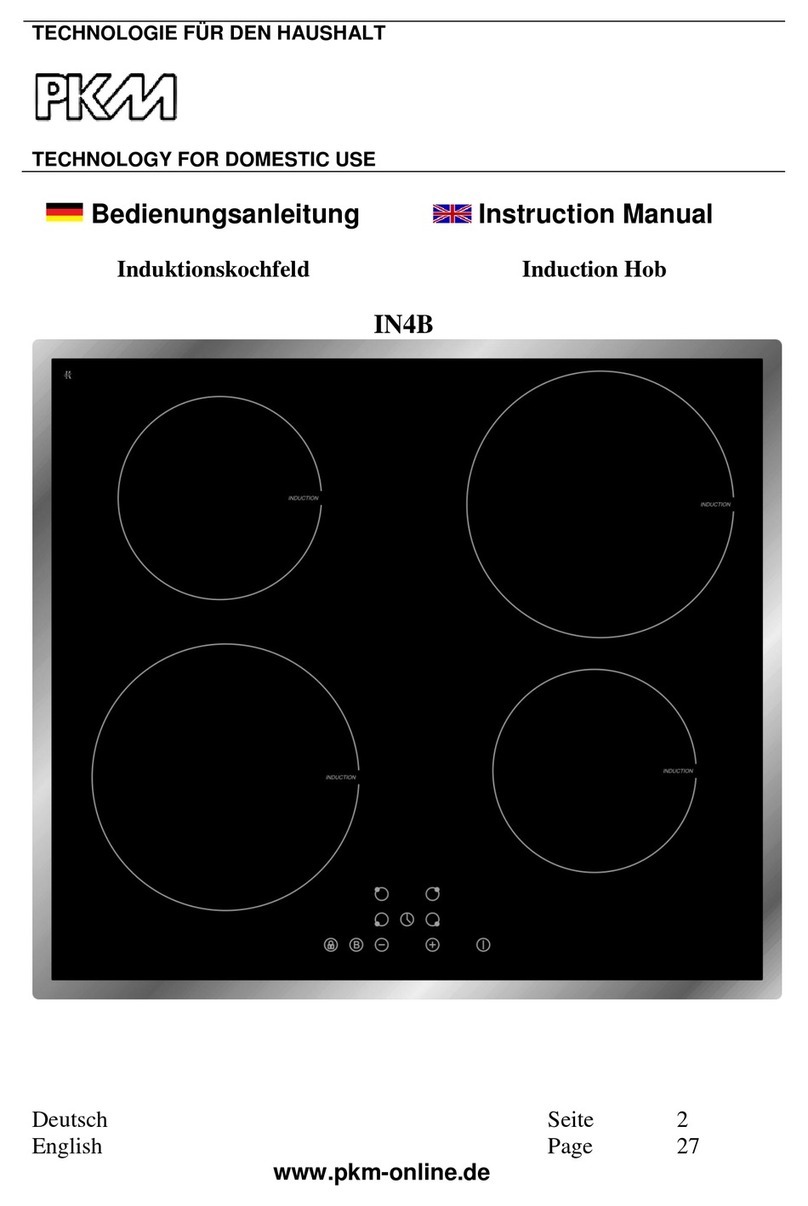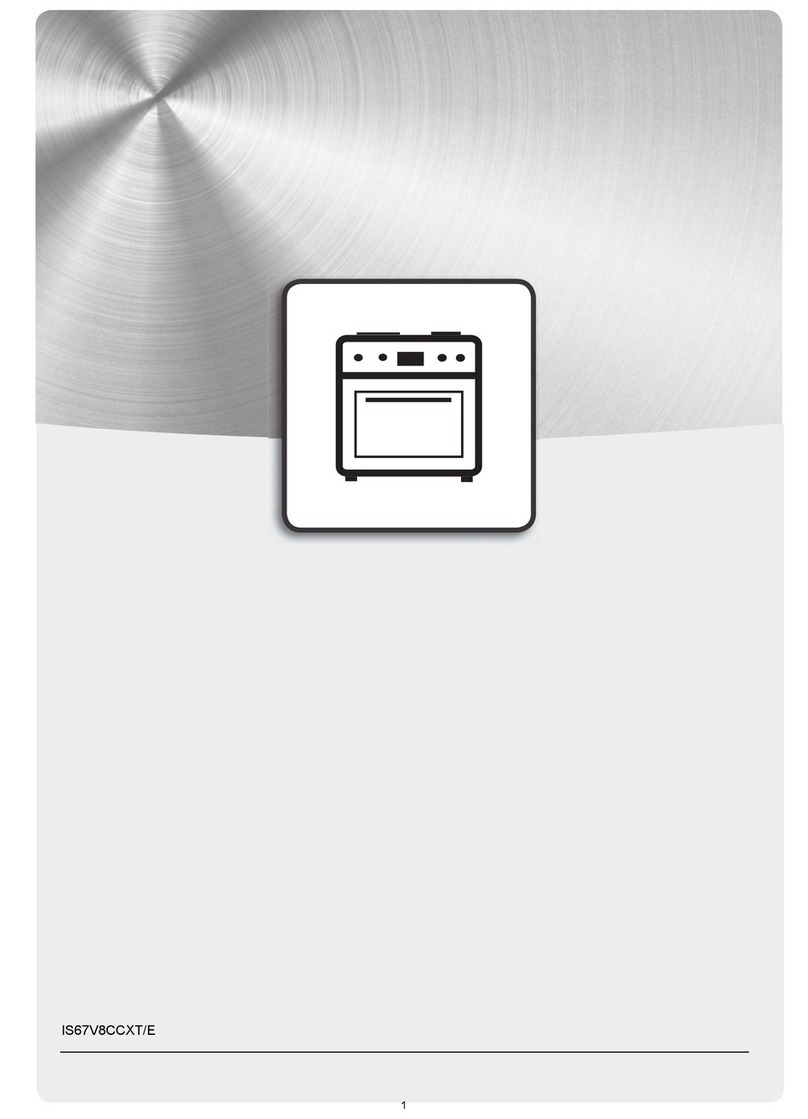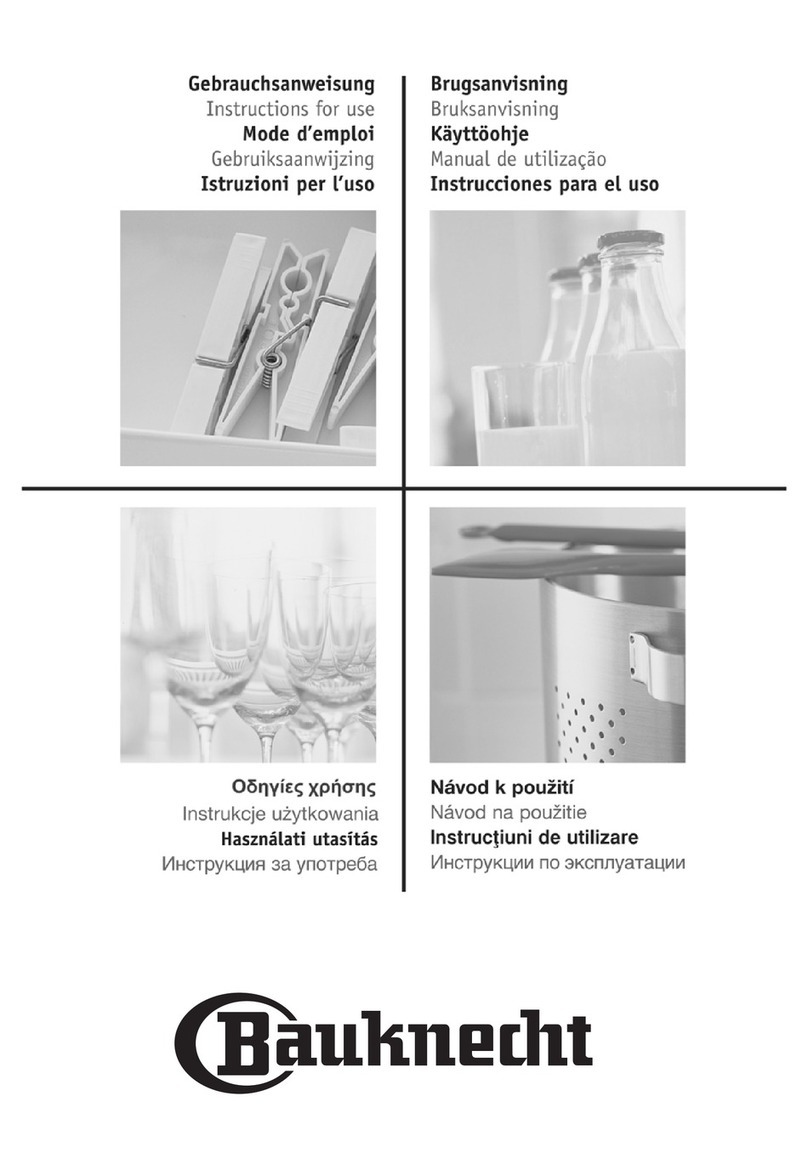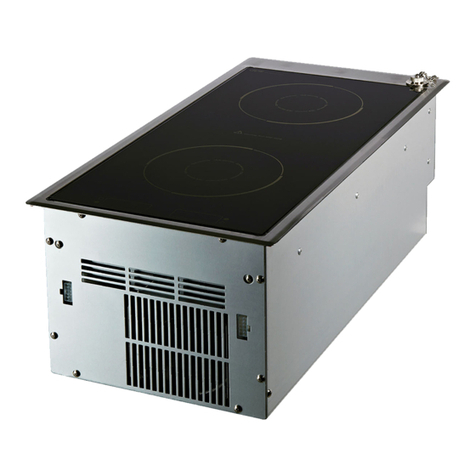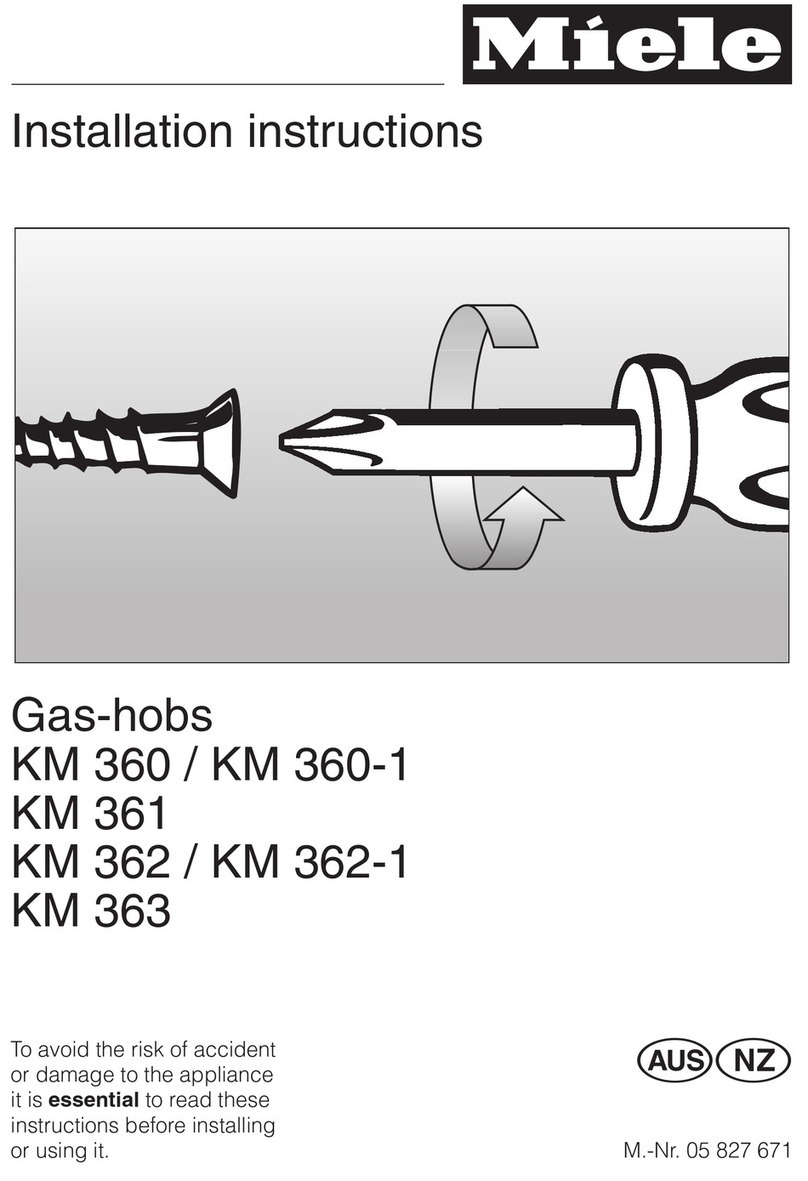
66
5. GreenGrill Cooking Options
GreenGrill Cooking
Most of the cooking surfaces have our GreenGrill coating. This ceramic coating is completely PFOA-free; it contains no toxic substances, and
guarentees healthier cooking!
PREPARATION & USE
• ‘Seasoning’: before using the cooking surface for the first time, you can season it to give the cooking surface a thin protective layer that
prevents food from sticking. It is not required but we do recommend it. It’s very easy: lightly rub cooking oil on the surface and then place
over medium heat for 2 - 3 minutes. When it cools, wash the cooking surface with soapy water before use and grease it lightly with some oil
(cooking oil of your choice, e.g. sunflower oil).
It’s ready to go!
• Note: GreenGrill coating conducts heat better than products with a regular (PTFE) non-stick coating. We therefore recommend using only 75%
of the power of what you are used to.
• Never leave the cooking surface on the heat source without oil. Apply a thin layer of oil with a kitchen paper towel or a brush before placing the
cooking surface on the heat source. Make sure you have oiled all parts, so with e.g. a BBQ grid include the raised edges as well.
• We recommend frying in sunflower oil or Rapeseed Oil because of the high burning point. Olive oil can have a relatively low burning point,
which can cause the ingredients to stick to the pan or burn. We therefore do not recommend using olive oil.
Tip: bring meat or fish to room temperature before frying. This will prevent sticking to the cooking surface.
• Always use silicone and/or wooden utensils so that the GreenGrill coating is not damaged. Never use metal utensils as this can damage the
coating.
CLEANING
• Let the cooking surface cool down before cleaning. Extreme temperature changes can cause deformation of the cooking surface.
• The GreenGrill coating is ‘Easy Clean’. Warm soapy water with a so sponge is sufficient for cleaning the cooking surfaces with GreenGrill
coating. Avoid scouring pads or steel wool.
• If the cooking surface has food particles remaining from a previous use they can adhere to the
coating, which can lead to brown spots. In these places, ingredients can stick to the cooking surface
because the coating is no longer reached. Make sure that these spots are properly removed before
use.
• For stubborn stains or residues, you can try the ‘vinegar method’ for the paella pan or chef pan: pour
a layer of vinegar into the pan and heat the pan slightly. The vinegar does not have to boil and should
certainly not evaporate completely. Pour the vinegar out of the pan, clean the pan with soapy water
and the pan is as good as new. Note: heating vinegar can give off an unpleasant smell.
• The CADAC | DOMETIC So Soak (sold seperately) is the ideal companion product to facilitate
overnight soaking. When using the So Soak, we recommend placing the cooking surface face
down which allows for maximum soaking and also uses less water.
• Any stubborn stains that remain aer soaking, can be loosened and brushed away using the
CADAC | DOMETIC So Soak Brush (sold seperately).
• Dry with a so cloth and you’re done!
MAINTENANCE
• We recommend to add a little oil to the cooking surface aer cleaning and spread it with kitchen paper
The oil seals the surface from the outside air and moisture. It also ensures that the food does not burn into the surface.
• Place the cooking surface in a plastic bag before you put it into its storage bag so you are ensured the storage bag remains clean and oil free.
• The storage bag prevents damage to the GreenGrill coating and your product.
Cooking Options
• These are the available cooking options.
Grilling: This cooking option is ideal for fat-free grilling of chicken, sausages, chops, kebabs, fish or vegetables. For this type of cooking, use
the grill plate.
Caution: Please note that when cooking fatty meats some fat will splatter onto the unit which may cause flare-ups. Please use caution when
handling such meats. The cooking temperatures are easily adjusted to suit your own requirements by turning the control knob to regulate the
degree of heat.
Frying: This option is ideal for stir-fries, fish, breakfast, pancakes, prawns, paella and vegetables. For this type of cooking, use the flat grill.
Please note that being a shallow pan, it is not suitable for deep-frying. The easy clean surface encourages the minimum use of fat for healthy
cooking.
Boiling: For this type of cooking, place the pot stand in its locator grooves ensuring that it is properly seated. Place a suitable pot (not less than
150mm diameter and not more than 300mm diameter). One liter of water will boil in approximately 6 minutes depending on the conditions,
size of pot used, etc. Use windshields in case of windy conditions
Note: When using small sized pots do not attempt to use pots with plastic handles as these can get extremely hot.
Paella: This cooking option is ideal for preparing paellas, risottos, pasta dishes, traditional breakfasts etc. The Paella Pan is made from a high
quality pressed aluminium which allows for excellent heat distribution and retention.
Pizza baking: This cooking option is ideal for preparing pizzas, flat breads etc. The pizza stone is 12mm thick that can withstand
temperatures of up to 300°C and includes a pan. The dome needs to be used in order to create the baking effect.
Coffee: This option is ideal for brewing a hot cup of coffee. Ideal for anytime, anywhere.
EN
So Soak Brush
